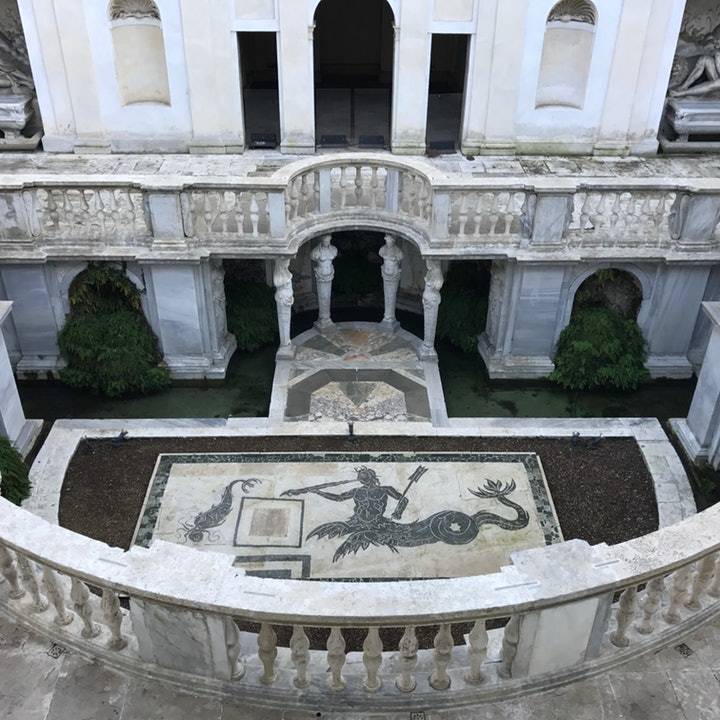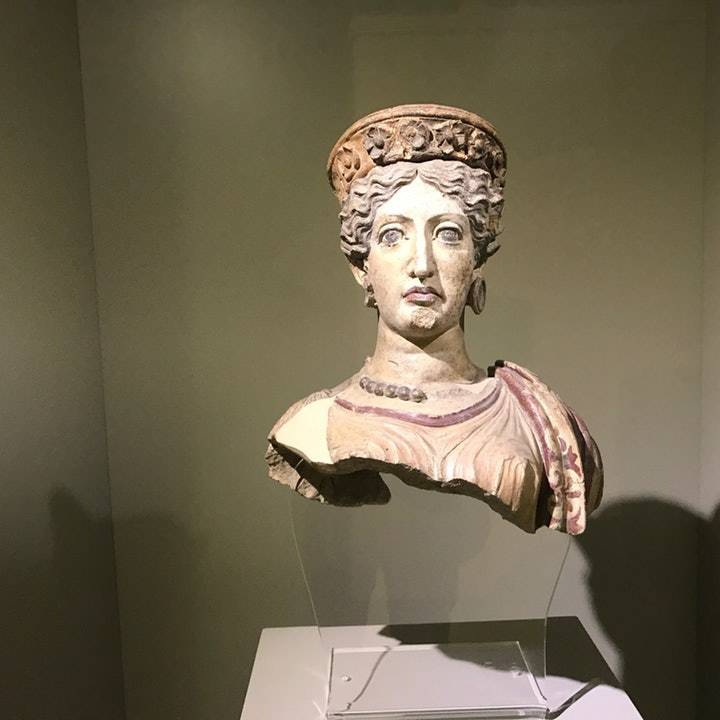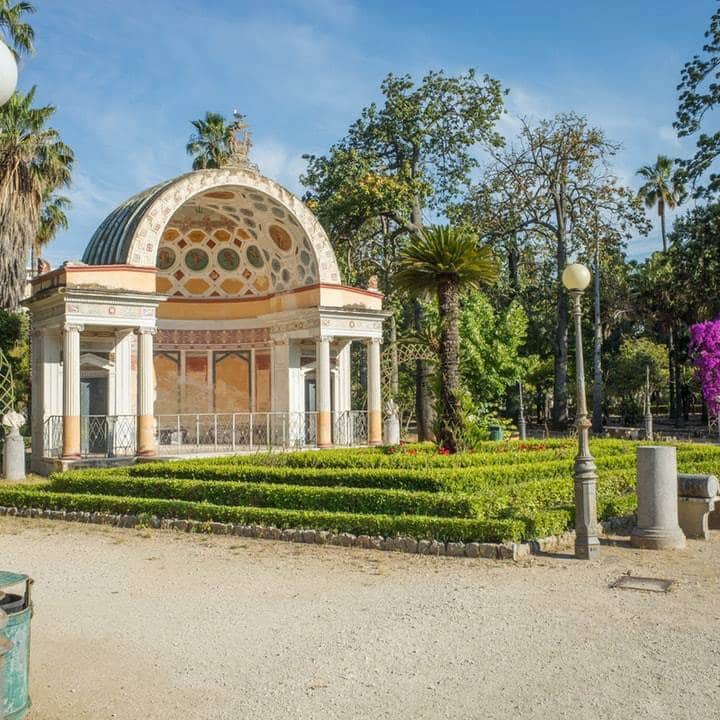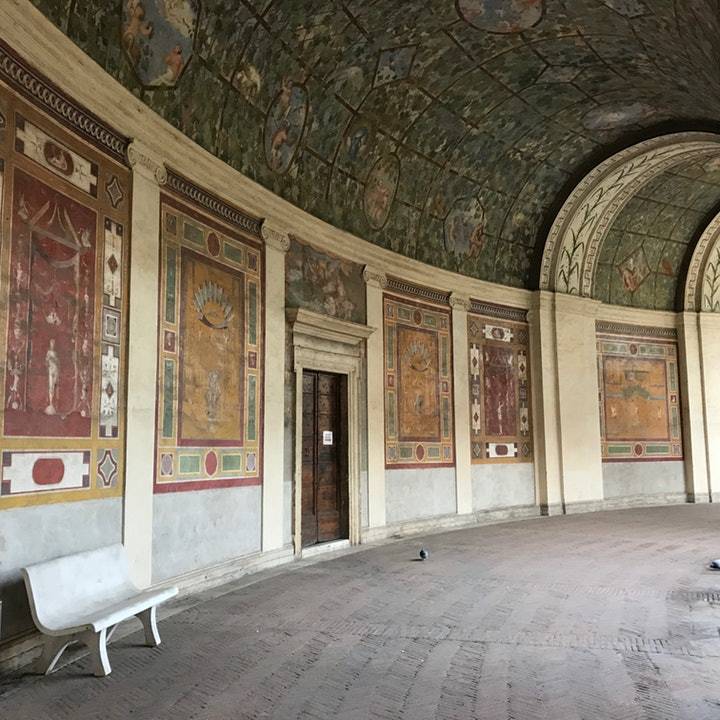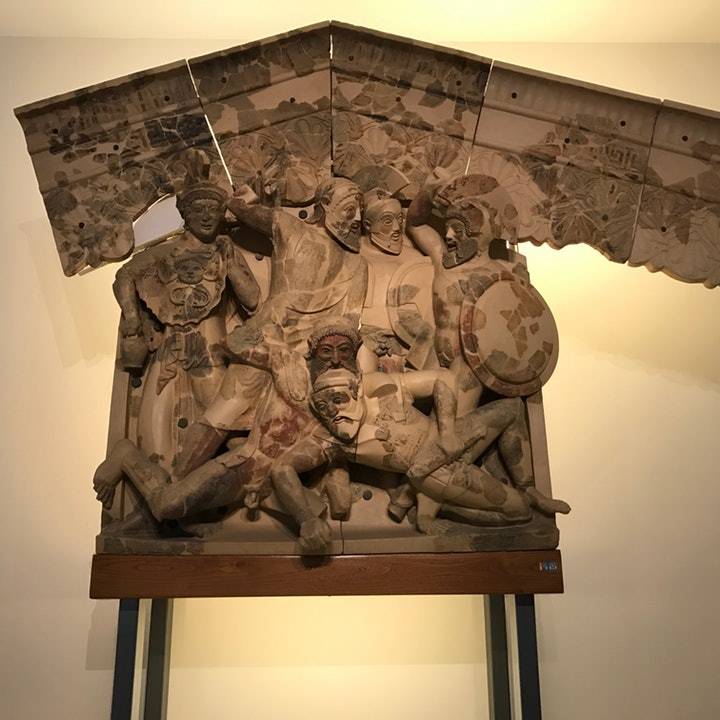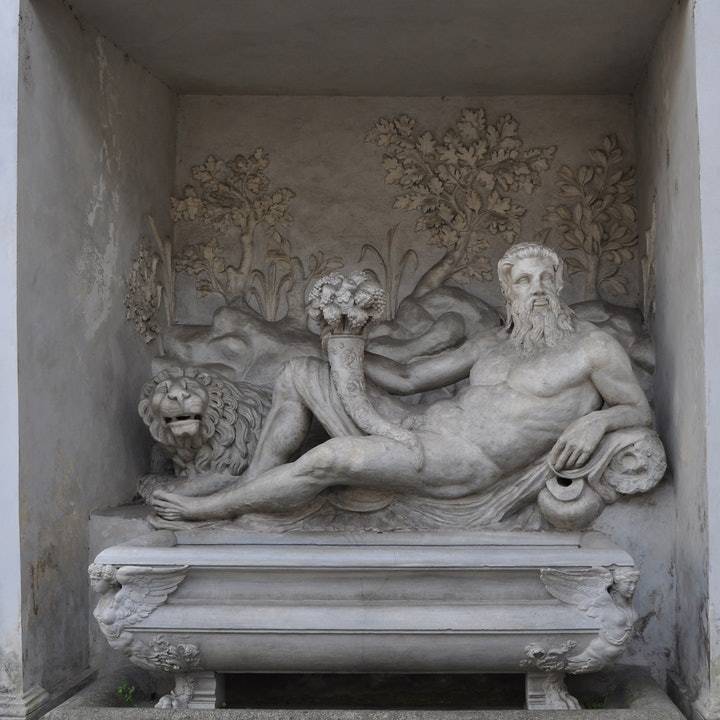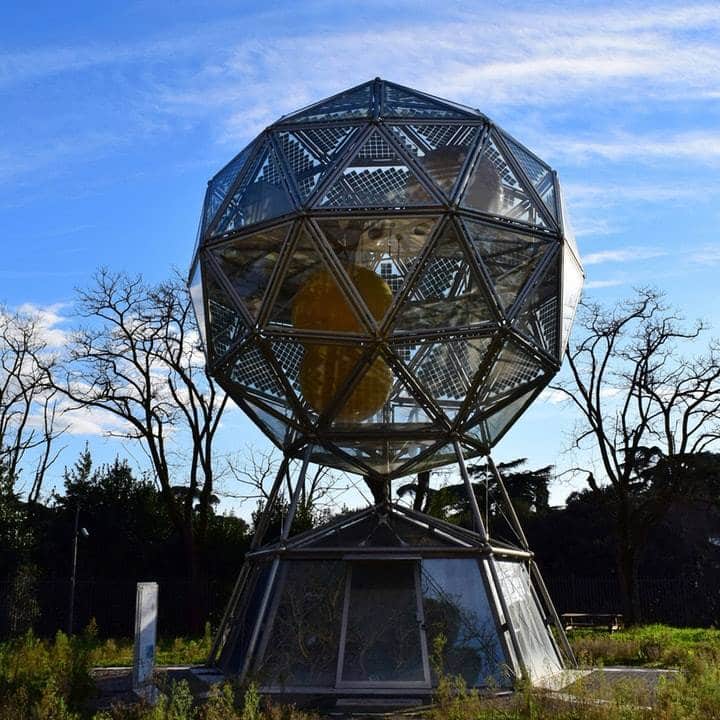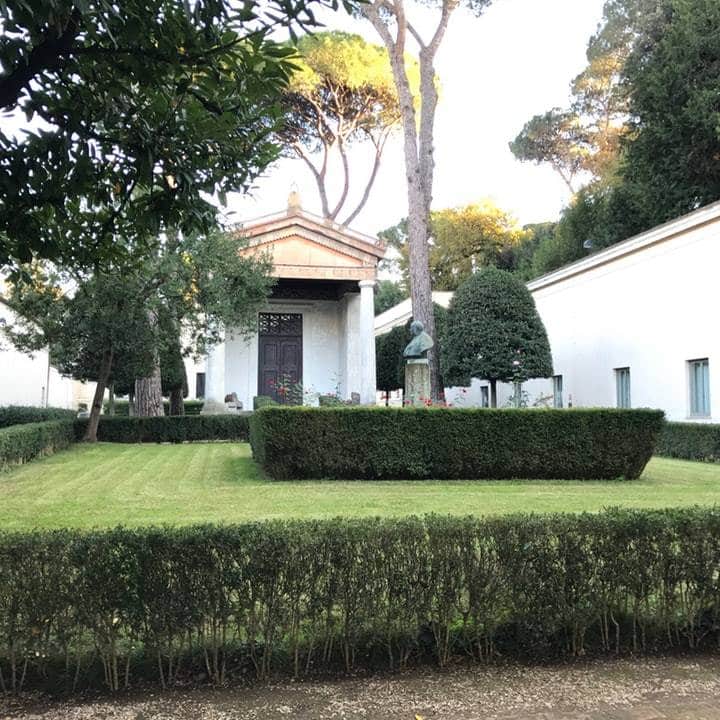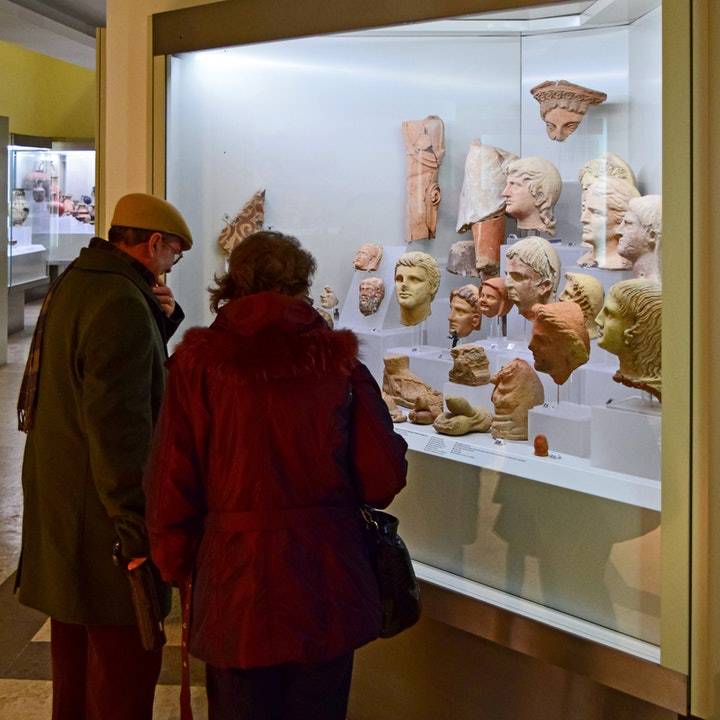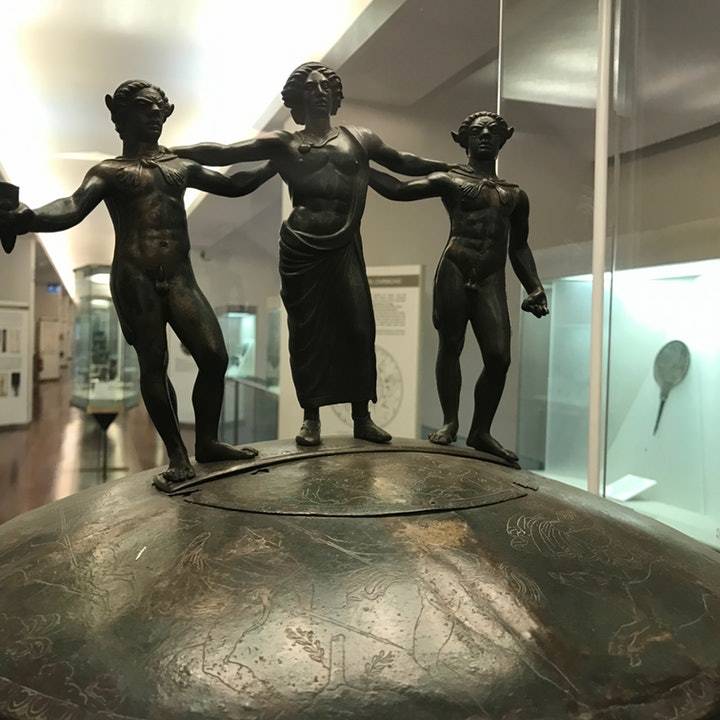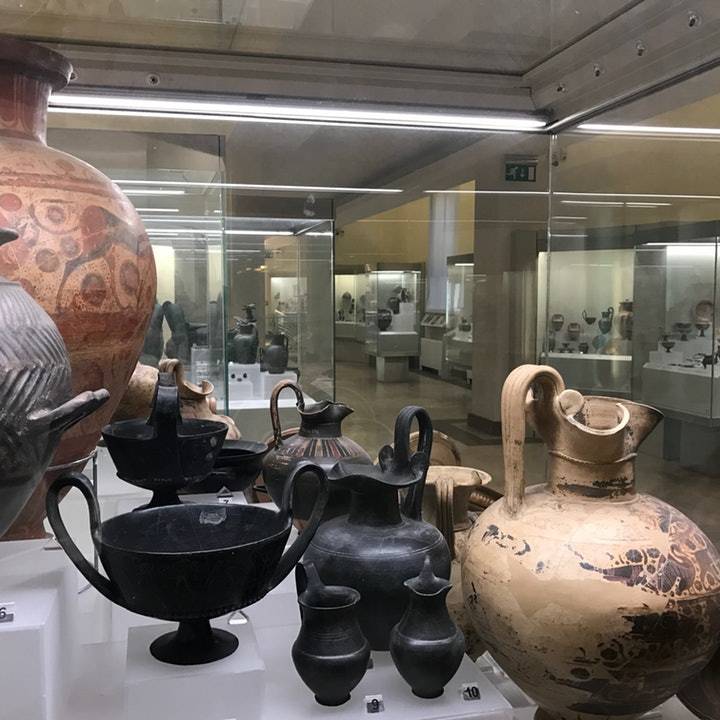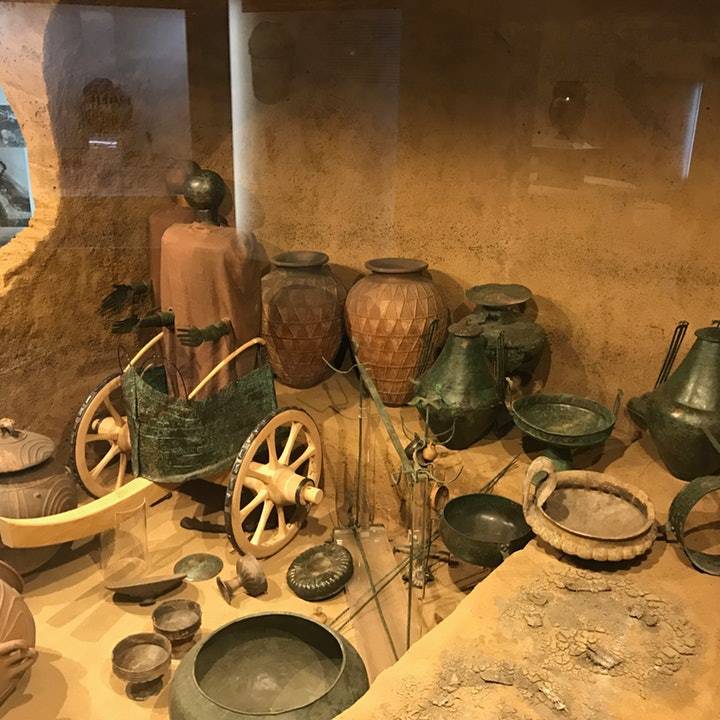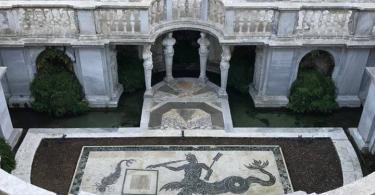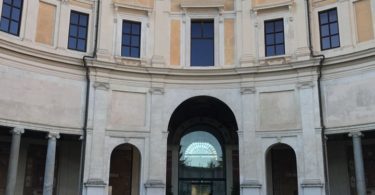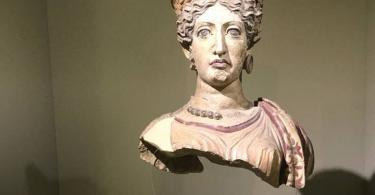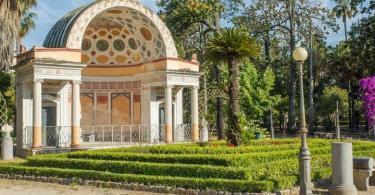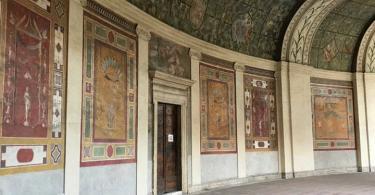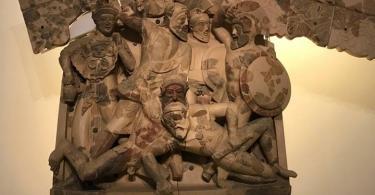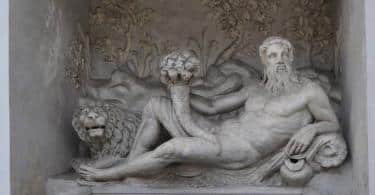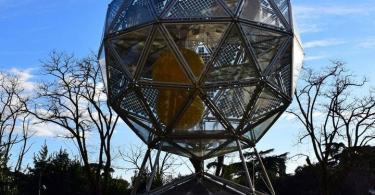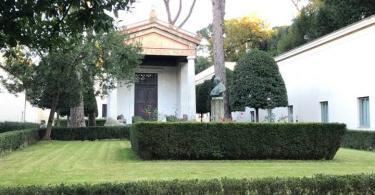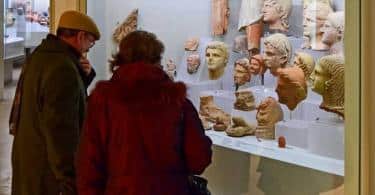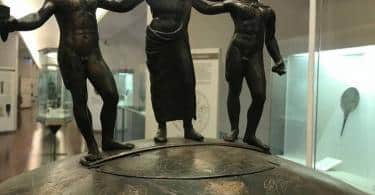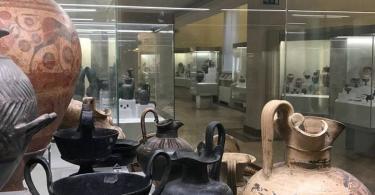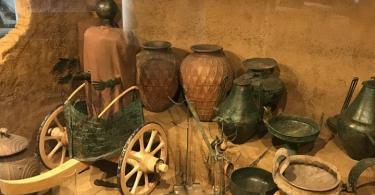141 Reviews
from €20.00 EUR
Seller: Tiqets
Discover the captivating world of Etruscan and pre-Roman history at the National Etruscan Museum of Villa Giulia. Skip the line and immerse yourself in a treasure trove of ancient artifacts, magnificent frescoes, and timeless masterpieces.
A Journey Through Time at Villa Giulia
Nestled in the heart of Rome, near Villa Borghese and the National Gallery of Modern Art, the National Etruscan Museum of Villa Giulia offers visitors an unparalleled glimpse into the rich history of Etruscan civilization. Housed within Pope Julius III’s former country retreat, the museum showcases an extensive collection of artifacts that date back to pre-Roman times.
The National Etruscan Museum boasts an array of fascinating artifacts, many of which were unearthed from ancient burial tombs. Among the most notable finds are intricate temple decorations, black bucchero tableware, and striking bronze figurines. Additionally, the museum houses an impressive selection of terracotta and jewelry, providing visitors with a comprehensive understanding of the Etruscans’ craftsmanship and artistic abilities.
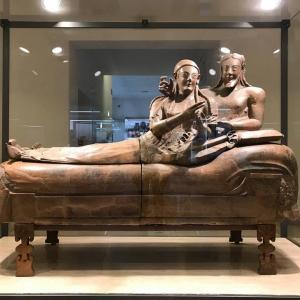
National Etruscan Museum Tickets with Audio Guide
Who were the Etruscans?
In the nascent days of Rome, the Romans bore witness to enigmatic tribes situated to their north, whom they dubbed Etrusci. These denizens referred to themselves as Rasenna, but it is from the appellation Etrusci that modern-day Tuscany in Italy derives its moniker. The Etruscans, then, remain an enigma to this day.
In essence, the Etruscans represent an ancient civilization that flourished in contemporary Tuscany, as well as portions of Umbria and Lazio from 700 BCE to 300 BCE. The origin of the Etruscans remains shrouded in mystery. Herodotus, the ancient chronicler, claimed they were settlers from Anatolia, while alternative theories suggest they were part of the enigmatic Sea Peoples who engaged in the tumult of the Bronze Age Collapse between 1250 BCE and 1150 BCE. Alas, linguistic evidence appears to refute Herodotus’ assertions.
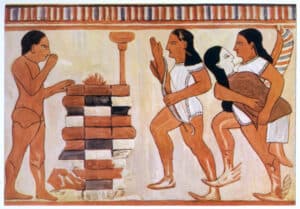
Throughout their primordial history, the Etruscans found themselves encircled by Celtic Gauls in the north, Hellenic tribes in the south, and Italic clans of Umbrians, Samnites, and Sabines in the east, some of which eventually coalesced into the Latins of Rome. All these neighboring civilizations spoke Indo-European dialects. The probable origin of Indo-European languages lies in the migratory patterns of Eurasian peoples, such as the Bronze Age Yamnaya culture, which commenced around 2600 BCE. The Etruscan populace constitutes an aberration amidst the contemporary cultures of their epoch.
The archaic Etruscan tongue traces its roots to approximately 1200 BCE, coinciding with the Bronze Age Collapse. Its idiosyncratic nature may imply that the Etruscans were indigenous to the territories encompassing Tuscany, in contradistinction to the Indo-European cultures that migrated into Italy.
As an oceanic people, the Etruscans engaged in far-reaching commerce situated off Italy’s western coast and throughout the Mediterranean. The zenith of Etruscan civilization witnessed the expansion of its city-states across Central and Northwestern Italy, enveloping a number of its nascent urban centers. Bologna, Pisa, and Capua were all established by the Etruscans.
Exploring the World of the Etruscans
The museum is organized into several sections, each dedicated to a specific aspect of Etruscan culture. As you wander through the halls, you’ll encounter masterful works of art, religious artifacts, and everyday objects that reveal the intricacies of Etruscan life.
- Marvel at the stunning frescoes and sculptures that adorned Etruscan temples and public spaces. The museum’s collection showcases the unique artistic styles and techniques employed by Etruscan artists, offering insight into their religious beliefs and cultural practices.
- Delve into the world of the Etruscans by exploring the artifacts that reveal the details of their daily lives. From pottery and tools to personal items, these objects provide a window into the social structure, customs, and traditions of Etruscan society.
- Uncover the spiritual beliefs of the Etruscans through their elaborate burial practices and rituals. The museum’s collection of tomb relics, including sarcophagi and funerary urns, sheds light on the Etruscans’ views of the afterlife and their reverence for the deceased.
A Must-Visit Destination for History Enthusiasts
Whether you’re a seasoned history buff or simply curious about the fascinating world of ancient Italy, the National Etruscan Museum of Villa Giulia is an essential stop on any Roman itinerary. With its captivating collection and immersive exhibits, the museum offers a captivating journey through time, providing visitors with a profound appreciation for the rich heritage of the Etruscan civilization. Don’t miss your chance to skip the line and embark on this unforgettable experience.
- Entry to the museum,
- Audio Guide (English, Italian, French, German),
- Live Guided Tour.
Cancellations and changes are not possible for this ticket.
from €239.00 EUR (Group Price)
Duration: 2.5 Hours
Seller: Viator
4 Reviews
from €15.00 EUR
Seller: Tiqets
from €20.00 EUR
Duration: 4 Hours
Seller: Tiqets
11 Reviews
from €75.00 EUR
Duration: 4 Hours
Organized by: AD Travel
605 Reviews
from €55.00 EUR
Seller: Viator
35 Reviews
from €6.00 EUR
Duration: 30 Min.
Seller: Viator
from €19.00 EUR
Seller: Tiqets
1.589 Reviews
from €84.00 EUR
Duration: 13 Hours
Organized by: City Wonders Ltd.
2.878 Reviews
from €114.00 EUR
Duration: 13 Hours
Organized by: City Wonders Ltd.
4.950 Reviews
from €10.00 EUR
Seller: Tiqets


